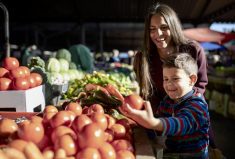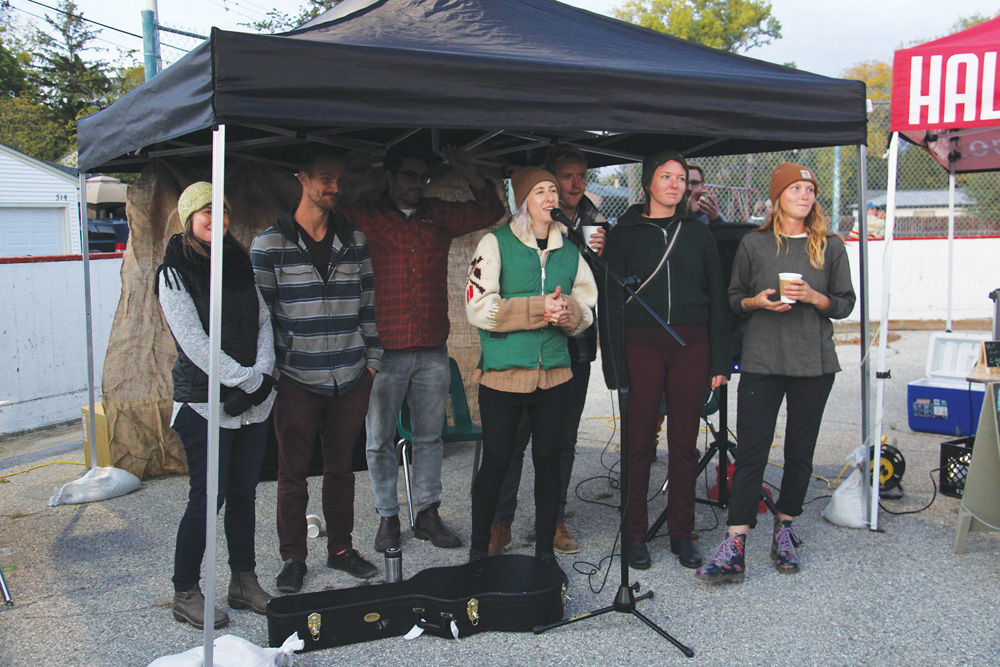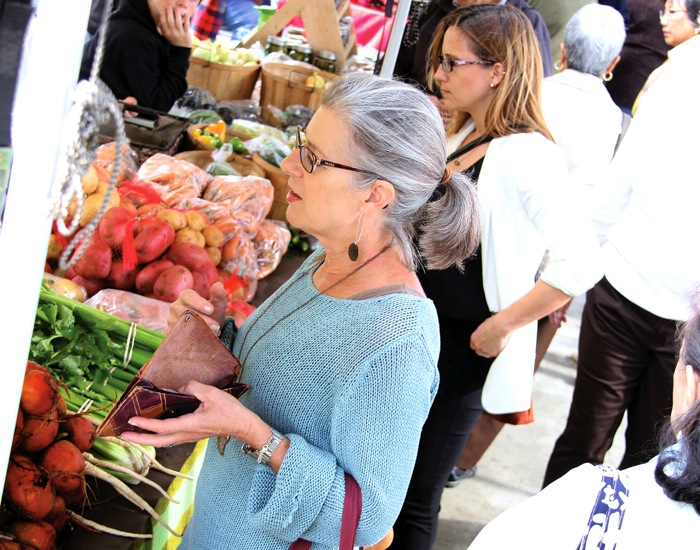Customers who seek out farmers’ markets or farm gate vendors are looking for value — not bargains, a provincial business development specialist told participants in the annual Direct Farm Marketing Conference here March 8.
And what those who visit open-air markets or travel to a farm to buy direct value most is the experience of meeting the person who grows their food. That’s what makes it different from what they find in stores, said Jeff Fidyk, who works with the food commercialization and marketing centre for Manitoba Agriculture, Food and Rural Development (MAFRD).
Read Also

Manitoba Ag Days 2026 coming up fast
Canada’s largest indoor farm show, Manitoba Ag Days, returns to Brandon’s Keystone Centre Jan. 20-22, 2026. Here’s what to expect this year.
In other words, don’t sell yourself cheap.
“They haven’t come because they’re anticipating a lower price. They’ve come because they want to interact with you,” he said, adding that those who do hear complaints that ‘they can get it cheaper at the store’ should direct those customers there.
In an interview following a talk focused on how retailers set prices, Fidyk said there are things that farmers’ marketers are doing that unwittingly contribute to price sensitivity, however.
He cautions against viewing the other vendors at farmers’ markets as competitors, and setting prices to compete against each other.
“When you walk the market and see all these signs emphasizing price, I think they’re delivering the wrong message. People aren’t shopping the price. They’re shopping for freshness and they’re shopping for stories.”
From the Country Guide website: Getting fresh in Saskatchewan
Better signage is messaging that emphasizes the qualities of the product being sold. ‘Greatest apples ever’ is better than simply telling customers what they cost per pound, he said.
Fidyk said the grocers’ pricing tactics he outlined in his presentation, such as varying the price depending on the time of day or week of selling, will work in a farmers’ market setting.
“They can be creative when it comes to their pricing, and when there’s a strong market for their product they can command a premium price,” he said.
Fidyk said he also sees the need for farmers’ market vendors and sellers at farm gate to factor their labour into their prices.
“Are we paying ourselves?… big question. I think unfortunately a lot of us aren’t. They look at their time as free, and of course it isn’t. It (not factoring in your own wages) gives you an unrealistic sense of what your cost is.”
Fidyk was one of eight presenters at the two-day DFMC focused on marketing concepts, trends and ideas for improving sales and marketing at farmers’ markets and other direct-to-customer ventures such as farm gates. Other speakers included Colleen Dyck, the Niverville-based creator of the GORP energy bar, Steve Langston with Dirty T-Shirt Productions coaching on how to use the Internet to tell your business story, and Kalynn Spain, who visited over 80 farms last summer and created the Small Farm Directory.
This year’s keynote speaker was Tam Anderson, owner of the Alberta-based Prairie Garden, a 35-acre farm and agri-tourism venture north of Edmonton that today welcomes over 50,000 visitors annually.
Prairie Fruit Growers Association members and vendors and co-ordinators of the Farmers’ Market Association also met during the conference.















